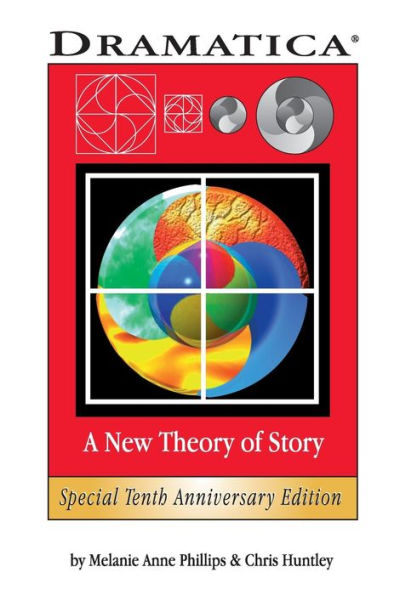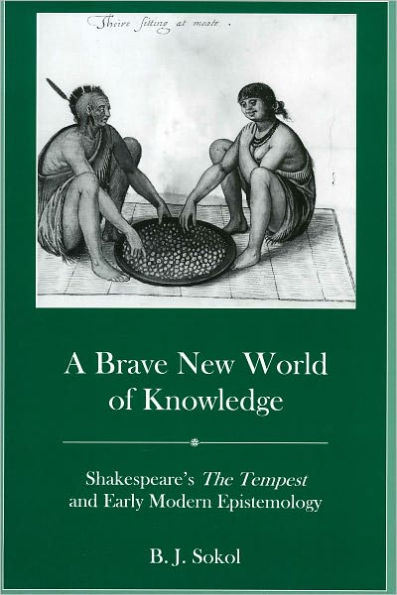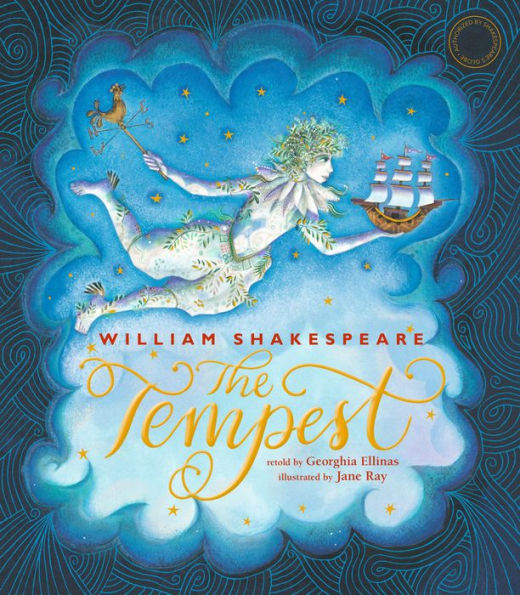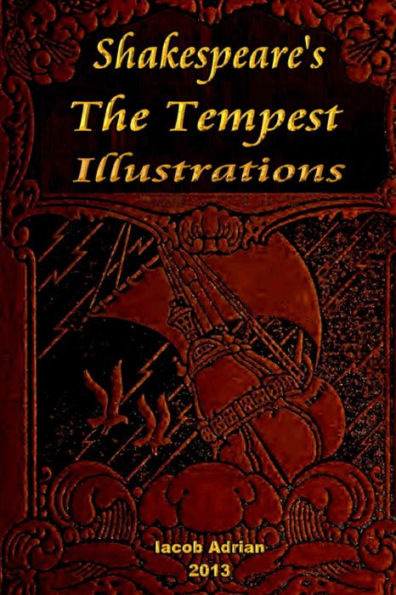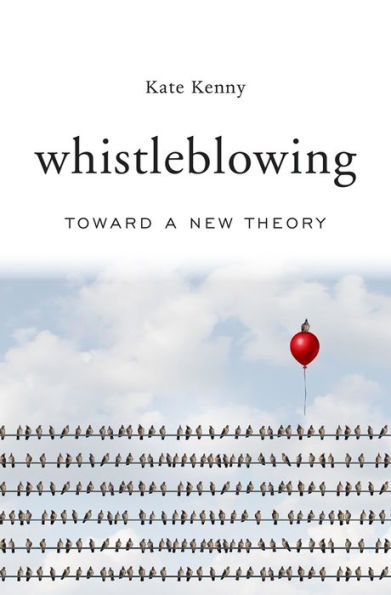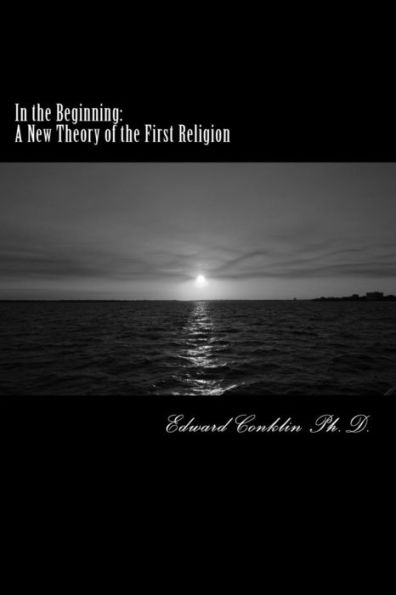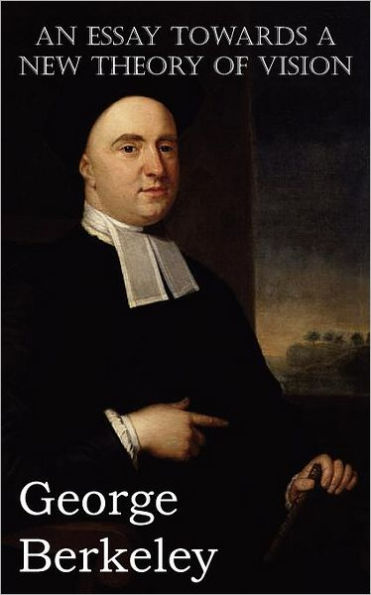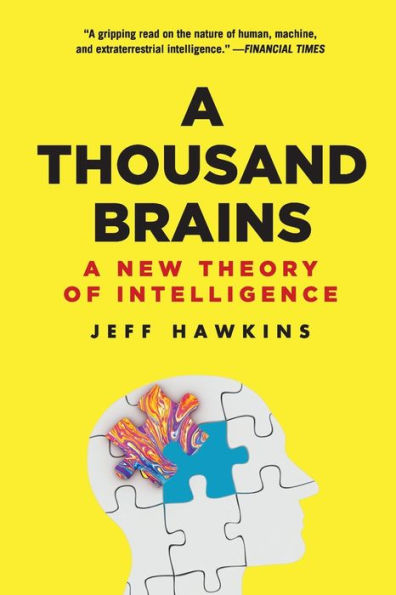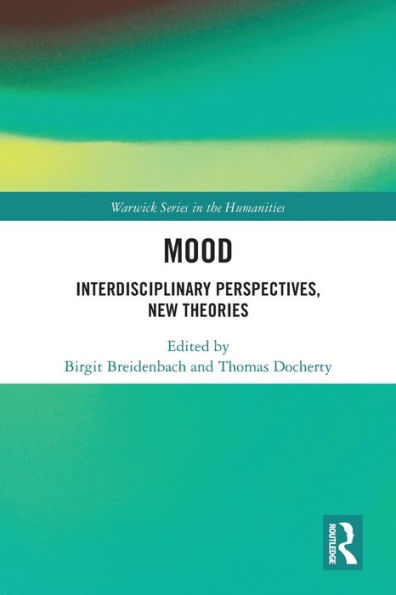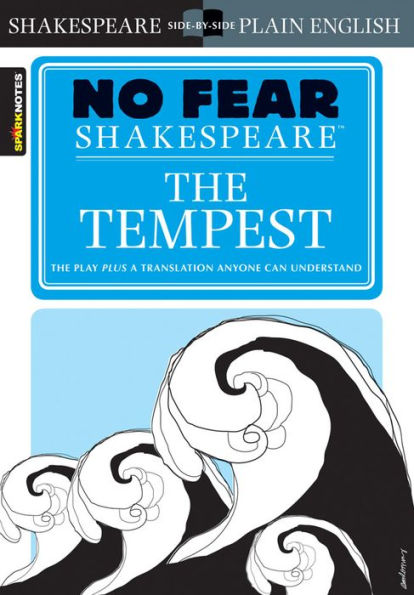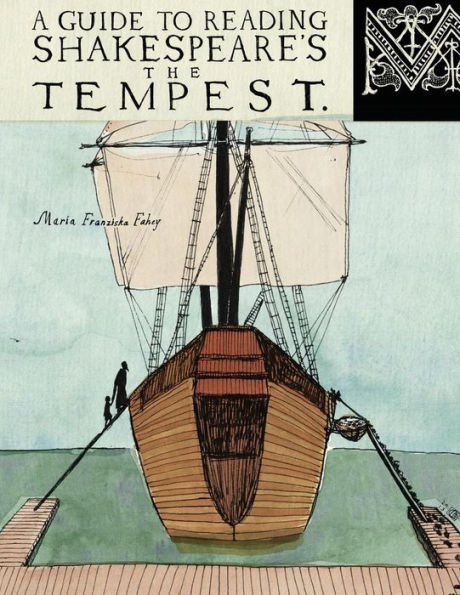Home
Shakespeare's Tempest in Baconian Light: A New Theory


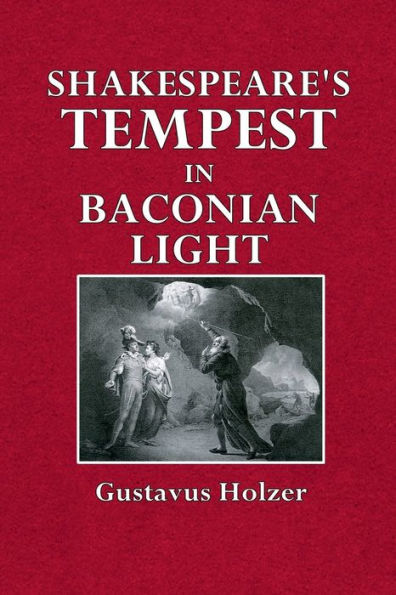
Shakespeare's Tempest in Baconian Light: A New Theory
Current price: $7.99
Loading Inventory...
Size: OS
From the Preface.
When some years ago, I undertook to read Shakespeare's "Tempest" in one of the higher classes of our school, my pupils, I venture to say, greatly enjoyed the play as an unparalleled romantic drama. They were brought to admire, and in some degree, to appreciate the work.
I myself, however, while making use of the editions commented upon by Delius, and Hamann, and after consulting Gervinus, Clemens, Roden, etc., was more and more plunged into a chaos of doubts as to the purport and bearing of the play itself. "Why was the 'Tempest' placed at the head of the plays in the Great Folio? — How must we interpret: Sycorax was grown into a hoop? — For one thing she did? — How must we explain the part of Prospero? — How the Epilogue? etc. etc." —
Beset by these, and a host of similar questions, I was induced to consult some other books, such as were at hand at the library of the Heidelberg University, e. g. Ignatius Donnelly: The Great Cryptogram; Vitzthum von Eckstaedt: Shakespeare and Shakspere; Edwin Bormann: das Shakespeare—Geheimnis; Kuno Fischer: Shakespeare und die Bacon—Mythen etc. Being, however, precipitated into an abyss of uncertainty, by the study of these books, I finally dropped the matter altogether, mainly because for some years succeeding I was suffering from ill health.
Having recovered from illness, and looking out for some other books at our library, during the last Christmas holidays, I came across some recent books about Shakespeare, especially the "New Variorum Edition of the Tempest", by Horace Edward Furness; Bacon and Shakespeare Parallelisms, by Edwin Reed, and others; and so powerful was the attraction of these books that I made up my mind for another attempt.
While reading again in class, and enjoying more than ever, the fascinating scenes of the "Tempest", owing to the new light being thrown on them from the new selection of reference—books, I could not, in spite of all these helps, come to a clear insight into the "main question", which was nowhere broached by Furness, viz. the much disputed problem about the personality of the poet. In vain struggling for light upon that mysterious question, which seemed to me paramount for a thorough and truly scientific interpretation of the play, I resolved to make a last effort, by consulting the works of Sir Francis Bacon themselves (collected and edited by Spedding, Ellis, and Heath; in fourteen volumes).
The result of this investigation, as set forth in this essay, which I now submit to the impartial criticism of the reader, was surprising indeed.
In calling the "Tempest" a dramatization of the "Instauratio Magna", I do not merely mean the work published, by Bacon in 1620 (a copy of the frontispiece of which is reproduced in this essay), but in that general title I include the whole of the prose work of Bacon, from the Partus Temporis Maximus (1585), to the New Atlantis and Sylva Sylvarum, both of them published after Sir Francis' death.
I frankly admit that the "Tempest", viewed in this Baconian light, no longer offers a suitable reading matter for all our schools. I further humbly submit that this essay pretends to be no more than the first attempt at a broad inquiry into the identity of ideas, as laid down in the "Tempest", and positively found in the prose work of Bacon.
